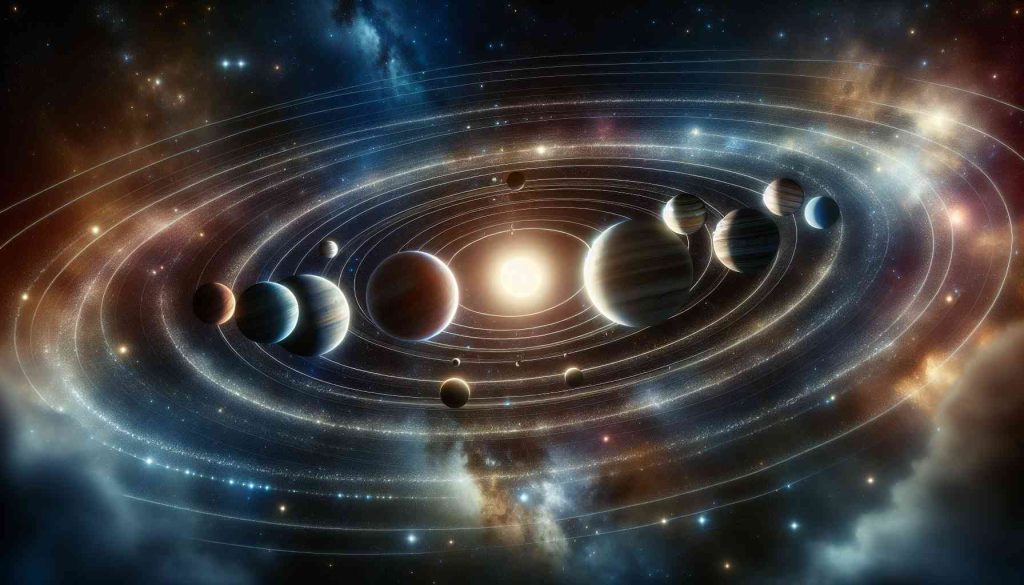In a captivating discovery, astronomers have stumbled upon a solar system where six planets elegantly dance in perfect harmony around a nearby star, resembling a celestial orchestra frozen in time. Situated 100 light-years away in the Coma Berenices constellation, this extraordinary system, labeled a “rare fossil,” has maintained its synchronized elegance for over 4 billion years.
Read More: Revolutionizing Precision Medicine in Africa
The revelation, made possible by NASA’s Tess and another planet-hunting satellite, unveils a cosmic marvel that offers valuable insights into the formation of solar systems across the Milky Way galaxy. Dr. Greg Brown from the Royal Observatory in Greenwich highlights its uniqueness, being 25 times farther away than the closest star system, challenging the boundaries of current travel technology.
The star at the center, named HD 110067, hosts six planets roughly two to three times the size of Earth. Despite their proximity to their star, rendering them hot gas giants, these planets exhibit densities akin to the gas giants in our own solar system. The team believes they possess solid cores enveloped by hydrogen layers, but more observations are needed to unveil their atmospheres.
What sets this solar system apart is the mesmerizing synchrony of its planets. Each pair follows a specific orbital resonance, with the innermost completing three orbits for every two of its neighbor. The outermost pair performs four orbits for every three, creating a celestial ballet that captivates astronomers.
Importantly, none of these planets fall within the star’s habitable zone, dimming the prospects for life as we know it. Nonetheless, the discovery underscores the rarity of such synchronized systems, challenging the conventional understanding of planetary evolution.
Read More: Insights & Aspirations Of the African Gaming Landscape
Scientists posit that all solar systems, including our own, likely started in this synchronized state. However, only a rare 1-in-100 systems have retained this cosmic dance, making this discovery an invaluable window into the mysteries of celestial evolution.
